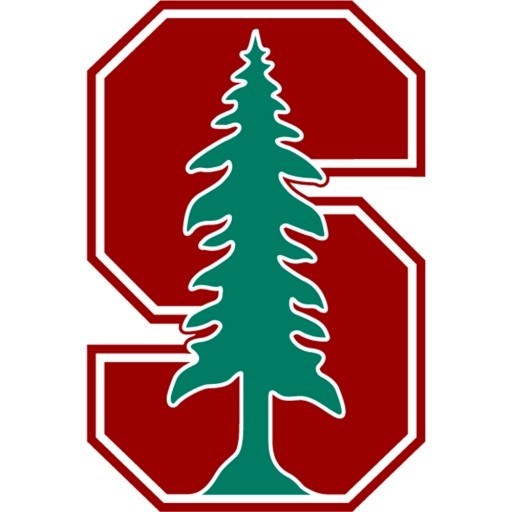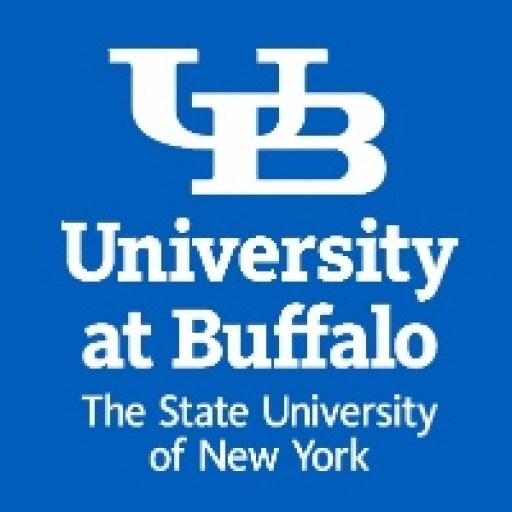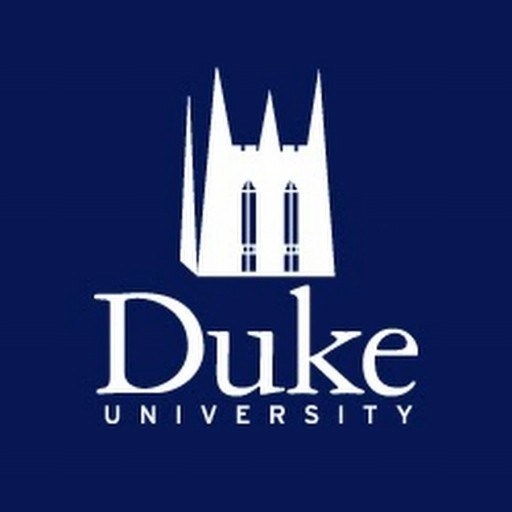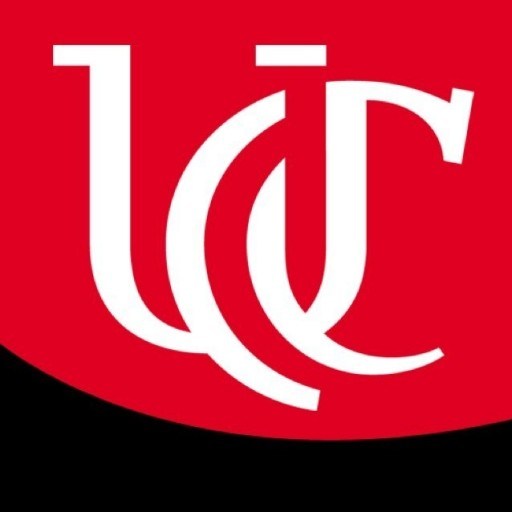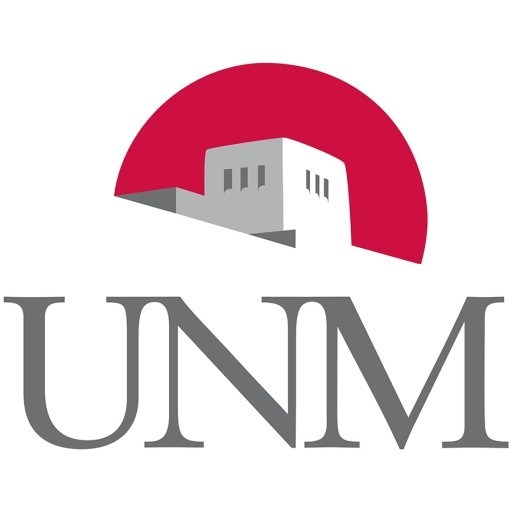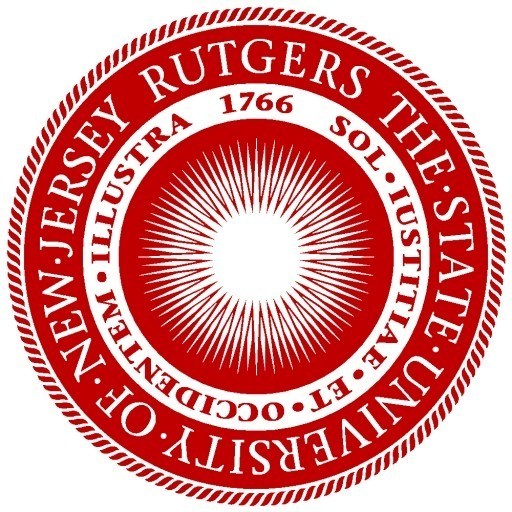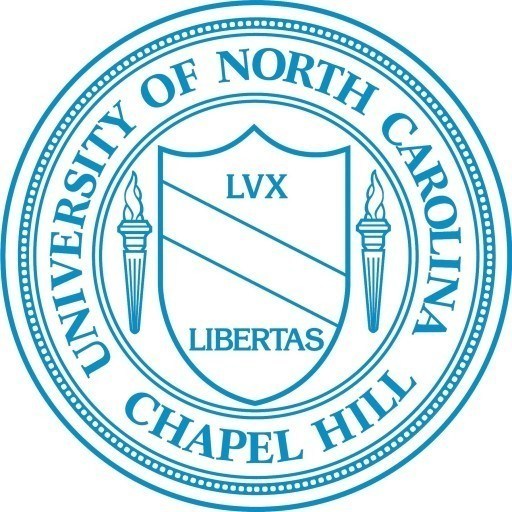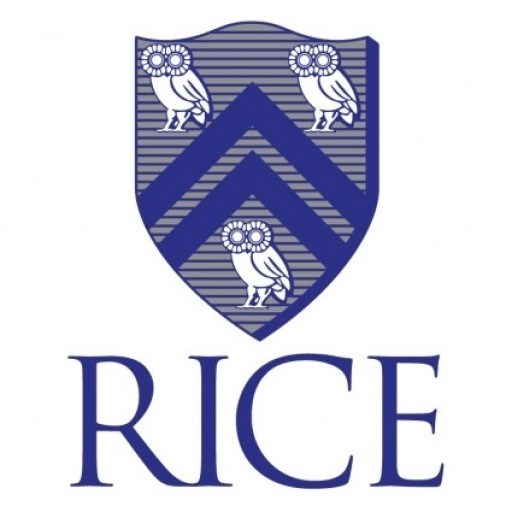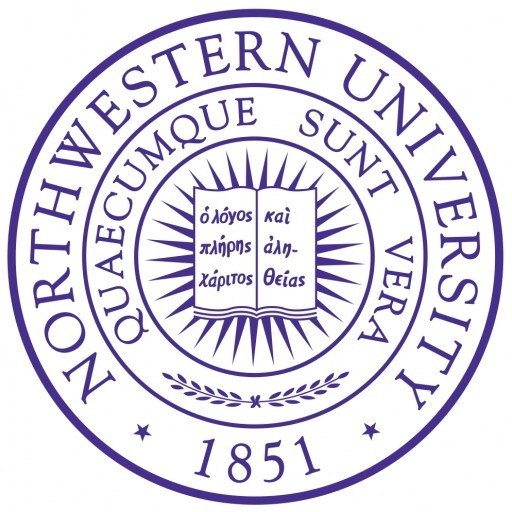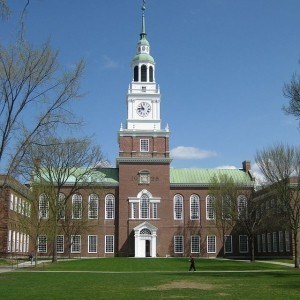Photos of university / #stanford
The undergraduate program is designed to help students think critically about the visual arts and visual culture. Courses focus on the meaning of images and media, and their historical development, roles in society, and relationships to disciplines such as literature, music, and philosophy.
The discipline of Art History teaches students how to analyze and interpret works of fine art (paintings, drawings, prints, and sculpture), photography and moving image media (film, video, television, and digital art), material culture (ritual objects, fashion, advertisements, and the decorative, applied, and industrial arts), and the built environment (architecture, urbanism, and design). We take it as axiomatic that the skills of visual literacy and analysis are not innate but may be acquired through training and practice. Ranging from antiquity to the present, our objects of study are drawn from the rich and complex cultures of Africa, Asia, the Americas, the Middle East, and Western, Central, and Eastern Europe.
Art History is a historical discipline that seeks to reintegrate the work of art into the original context of its making and reception, foregrounding its significant status as both historical document and act of social communication. At the same time, Art History seeks to understand the ways in which the work of art transcends the historical moment of its production, taking on a range of different meanings in later historical periods, including our own. As part of their visual training, students of Art History become proficient in cultural analysis and historical interpretation. Art History thus envisions itself as uniquely well positioned to train students from a variety of disciplines in the light of the dramatic visual turn that has gripped the humanities and the sciences over the course of the last decade, with more and more disciplines becoming vitally interested in visual forms and modes of communication.
Students considering a major in art history should take either ARTHIST 1A Introduction to the Visual Arts: Prehistoric through Medieval or ARTHIST 1B Introduction to the Visual Arts: History of Western Art from the Renaissance to the Present, during their freshman or sophomore year.
Fields of Study or Degree Options
Students who wish to major in Art History must meet with the undergraduate coordinator. At that time the student selects a faculty adviser and declares the major on Axess. Concentrations within the major are approved by the student's major adviser and are not declared on Axess. Sample concentrations include:
- Topical concentrations: art and gender; art, politics, race, and ethnicity; art, science, and technology; urban studies
- Genre concentrations: architecture; painting; sculpture; film studies; prints and media; decorative arts and material culture
- Historical and national concentrations: ancient and medieval; Renaissance and early modern; modern and contemporary; America; Africa; Asia; the Americas
- Interdisciplinary concentrations: art and literature; art and history; art and religion; art and economics; art and medicine (with adviser consent a maximum of two concentration courses may be taken outside the department).
Degree Requirements
All undergraduate majors complete a minimum of 65 units (15 courses that carry 4 or 5 units each). Students are required to complete four core courses, two seminar courses for the major (ARTHIST 294 Writing and the Visual: Surrealism and its Afterlives and ARTHIST 296 Junior Seminar: Methods & Historiography of Art History), five Art History foundation courses, three concentration courses, one of which must be a seminar, Art Practice course (4 units). Courses must be taken for a letter grade. Majors are required to attend an orientation session presented by the professional staff of the Art and Architecture Library, which introduces the tools of research and reference available on campus or through the Internet. This requirement should be completed no later than the quarter following the major declaration.
Required Courses
-
Core Courses (20 units)
Course List Units Select four of the following: ARTHIST 1A Introduction to the Visual Arts: Prehistoric through Medieval (meets WAY A-II and ED) 5 ARTHIST 1B Introduction to the Visual Arts: History of Western Art from the Renaissance to the Present (meets WAY A-II) 5 ARTHIST 2 Asian Arts and Cultures (meets WAY A-II) 5 ARTHIST 3 Introduction to World Architecture (meets WAY A-II) 5 FILMSTUD 4 Introduction to Film Study (meets WAY A-II) 5 -
Foundation Courses (20 units)
In order that students acquire a broad overview of different historical periods and different geographic regions, majors must take five Art History lecture courses, one from each of the following five categories:Course List Units Take one course from each of the following categories: Ancient and Medieval Select one of the following: ARTHIST 100N The Artist in Ancient Greek Society (meets WAY A-II) 3 ARTHIST 101 Introduction to Greek Art I: The Archaic Period (meets WAY A-II) 4 ARTHIST 102 Introduction to Greek Art II: The Classical Period (meets WAY A-II) 4 ARTHIST 105B Medieval Journeys: Introduction through the Art and Architecture 3-5 ARTHIST 106 Byzantine Art and Architecture, 300-1453 C.E. 4 Renaissance and Early Modern Select one of the following: ARTHIST 121 18th-Century Art in Europe, ca 1660-1780 4 ARTHIST 122 The Age of Revolution: Painting in Europe 1780-1830 4 ARTHIST 126 Post-Naturalist Painting 4 ARTHIST 142A The Architecture of Thought: Artists and Thinkers Design for Themselves 4 Modern, Contemporary, and the U.S Select one of the following: ARTHIST 118A Public Space in Iran: Murals, Graffiti, Performance 3-4 ARTHIST 143A American Architecture 4 ARTHIST 144B Modern Design from the Eiffel Tower to Yves Saint Laurent 4 ARTHIST 147 Modernism and Modernity 4 ARTHIST 155C Abstract Expressionism: Painting/Modern/America 4 ARTHIST 156A Warhol: Painting, Photography, Performance 4 ARTHIST 160N The Sisters: Poetry & Painting 3 ARTHIST 163 Queer America 4 ARTHIST 171 Baudelaire to Bardot: Art, Fashion, and Film in Modern France 4 ARTHIST 176 Feminism and Contemporary Art 4 Asia, Africa, and the Americas Select one of the following: ARTHIST 182B Cultures in Competition: Arts of Song-Era China 4 ARTHIST 186 Theme and Style in Japanese Art 4 ARTHIST 186B Asian American Art: 1850-Present 4 ARTHIST 187 Arts of War and Peace: Late Medieval and Early Modern Japan, 1500-1868 4 ARTHIST 188B From Shanghai Modern to Global Contemporary: Frontiers of Modern Chinese Art 4 Film & Media Studies Select one of the following: FILMSTUD 4 Introduction to Film Study (meets WAY A-II) 5 FILMSTUD 6 Introduction to Media 5 FILMSTUD 100B History of World Cinema II, 1930-1959 (meets WAY A-II) 4 FILMSTUD 100C History of World Cinema III, 1960-Present (meets WAY A-II) 4 FILMSTUD 101 Fundamentals of Cinematic Analysis (meets WAY A-II) 4 FILMSTUD 102 Theories of the Moving Image (meets WAY A-II) 4 FILMSTUD 115 Documentary Issues and Traditions 4 -
Seminar Courses for Majors (10 units)
Writing in the Major (5 units): This course is designed for Art History majors in their junior year, equipping them with the scholarly tools necessary for writing about art in a variety of contexts as they progress through the major. This course fulfills the requirements of Writing in the Major (WIM).Capstone Junior Seminar (5 units): This course is designed to introduce majors to methods and theories underlying the practice of Art History. The seminar is offered annually, typically during Autumn Quarter.
Course List Units Take each of the following: Writing in the Major ARTHIST 294 Writing and the Visual: Surrealism and its Afterlives (Required: WIM course) 5 Capstone Junior Seminar ARTHIST 296 Junior Seminar: Methods & Historiography of Art History 5 -
Seminar Requirement (5 units)
The student needs one additional seminar course within his or her area of concentration.
Course List Units Select one of the following: ARTHIST 193 Jacob Lawrence's Twentieth Century: African American Art and Culture 5 ARTHIST 203 Artists, Athletes, Courtesans and Crooks (meets WAY A-II) 5 ARTHIST 208 Hagia Sophia 5 ARTHIST 208B The Art of Medieval Spain: Muslims, Christians, Jews 5 ARTHIST 210 Giotto 5 ARTHIST 211 The California Missions: Art History and Reconciliation 5 ARTHIST 215C What is Contemporary Art? 5 ARTHIST 217B The Classical Theory of Architecture from Antiquity to the French Revolution 5 ARTHIST 245 Art, Business & the Law 5 ARTHIST 278 Introduction to Curating 5 ARTHIST 287 Pictures of the Floating World: Images from Japanese Popular Culture 5 ARTHIST 287A The Japanese Tea Ceremony: The History, Aesthetics, and Politics Behind a National Pastime 5 -
Area of Concentration (8-10 units)
The department encourages students to pursue their interests by designing an area of concentration tailored to their own intellectual concerns. This area of concentration provides the student with an in-depth understanding of a coherent topic in Art History and consists of three Art History courses: one must be a seminar, and two of the three courses must be in a single field or concentration constructed by the student in consultation with his or her faculty adviser. Students must submit an area of concentration form, signed by their faculty adviser, during Winter Quarter of the junior year. -
Art Practice Course (4 units)
Majors are required to complete at least one introductory Art Practice course.
*Consult an academic adviser if a course is not listed above.
Requirements
- Coalition Application or Common Application
- $90 nonrefundable application fee or fee waiver request
- (counselor verification required)
- Official testing (SAT with Essay or ACT with Writing) sent from the College Board or ACT
- School report including counselor letter of recommendation
- Official transcript(s)
- Letters of recommendation from two teachers
- Midyear transcript
- The Test of English as a Foreign Language (TOEFL), although not required, is strongly recommended for non-native speakers of English.
